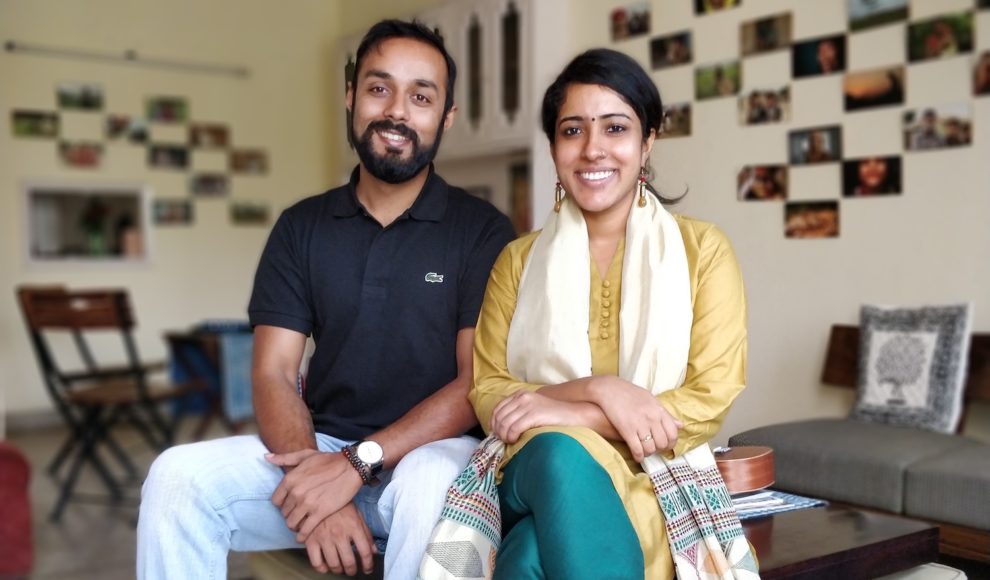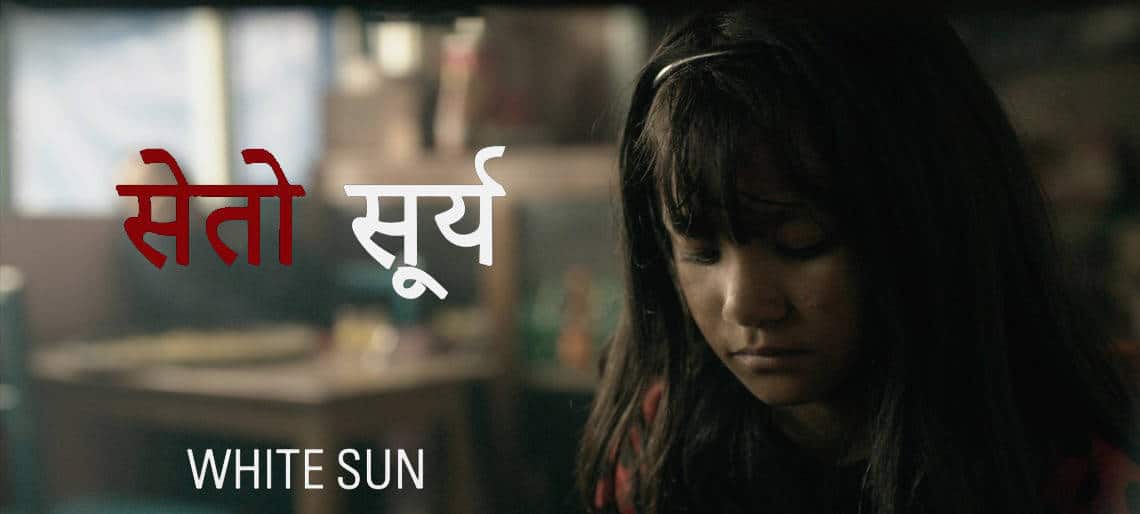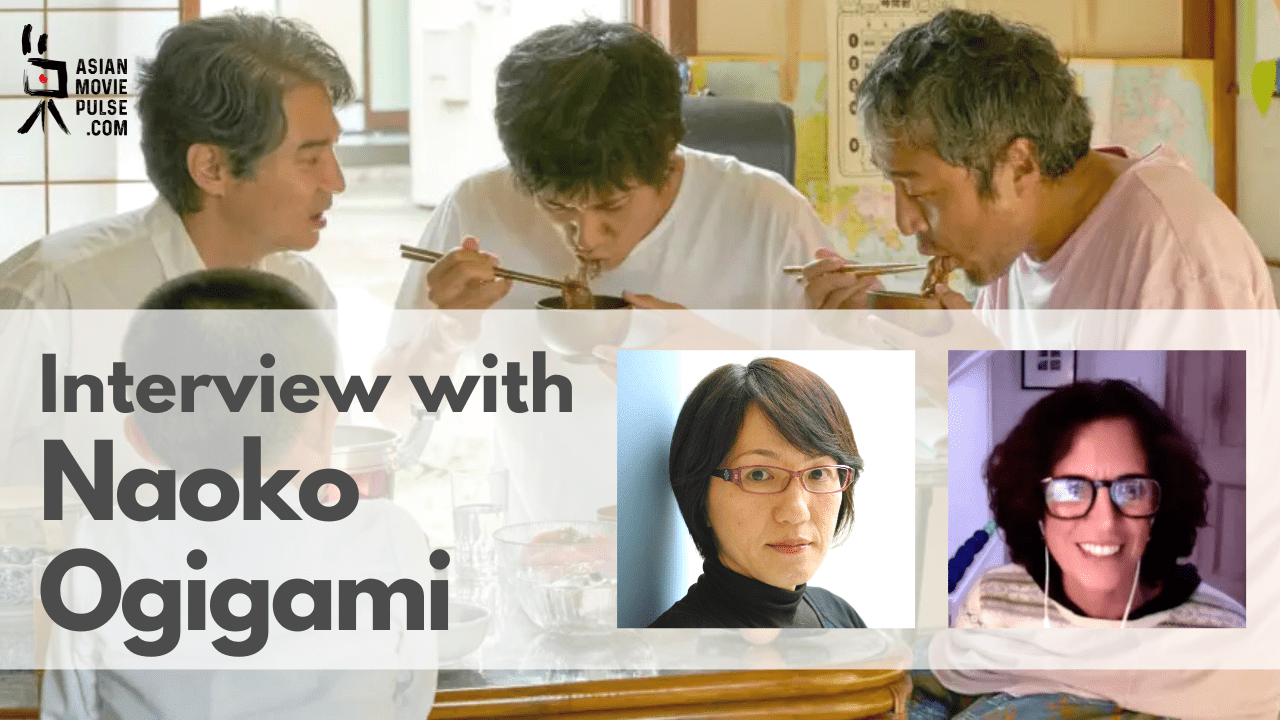Rintu Thomas and Sushmit Ghosh are award-winning director-producers from whose work has been supported by Sundance Institute, Chicken & Egg Pictures, Tribeca, Doc Society, SFF Film Fund, IDFA, Bertha Foundation. Their debut feature documentary, Writing With Fire premieered at the 2021 Sundance Film Festival where it won the Audience Award and Special Jury : Impact for Change Award in World Cinema Documentary. Theyare also Sundance Fellows, recipients of the President's Medal in India and enjoy producing films that have the power to create transformative social impact. In 2009, they founded Black Ticket Films, a production company invested in the power of non-fiction storytelling. With a strong eye on social justice stories, Black Ticket Films' award-winning films continue to be used as advocacy and education tools by institutions across the world.
Married for six years, they live between New Delhi and the mountains and, in their spare time, enjoy discovering quaint bookshops.
On the occasion of “Writing with Fire” screening at Thessaloniki Documentary Film Festival, we speak with them about Khabar Lahariya and their decision to shoot a film about them, Dalits and the caste system in India, feeling danger when shooting, the Hindi and Malayalam movie industry, and many other topics.
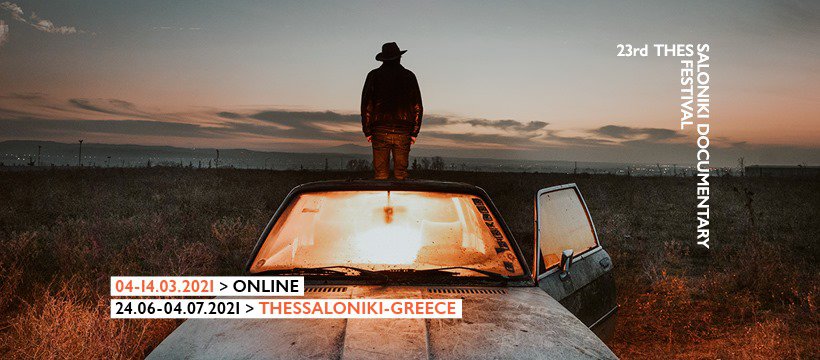
How did you find out about Khabar Lahariya and why did you decide to shoot a documentary about them?
In 2016, when we met our characters, we were drawn to the coming together of two unique forces – on one hand are the rural Dalit women who are chipping away at one of the most cruel systemic discriminations in the world that are created to silence them, and on the other hand is digital technology that, by its very nature, is unfettered. And we were most interested in exploring what happens when women reclaim the spaces that are designed to exclude them. What does the world that they re-imagine look like? The main characters in the film are three women with very different personalities and personal histories. They are united in their vision for a more just world through their journalism, but they approach it with their own unique lens, voice – and chutzpah!
Moreover, in our popular culture, we are not used to seeing Dalit women (whose caste is designated as “untouchable”) in positions of power – as leaders, colleagues, risk-takers and bosses. In taking an intimate, observational approach to our process of filming, we knew we had the opportunity to locate the story in this rare, dynamic space that the world has not experienced so far.
What is the situation with Dalit and particularly Dalit women at the moment? Can you explain a bit more about the caste system and the issues it causes?
The Hindu caste system is an ancient social order that divides humans into four castes in a pyramidal hierarchy and is one of the world's oldest systems of social oppression. While the practice of caste is banned by the constitution of India, it has found insidious ways to work its way into our modern world. The Dalit community is considered so ‘impure', they've historically been kept out of the system and been violently persecuted; and Dalit women have borne the greatest brunt of this all. Within this system of brutal silencing, they are invisible and rendered voiceless. It is dangerous for a Dalit woman to voice her opinion, in fact to even have one. So when we started filming “Writing With Fire”, we knew very early on that the Dalit women journalists we were filming were creating their own little revolution – of holding structures of power accountable through their incisive, patient and intelligent journalism, against a reality fraught with many serious risks. And it has been an incredibly satisfying journey for us to both witness and document the phenomenal rise and the power of India's only independent news agency that is run by Dalit women.
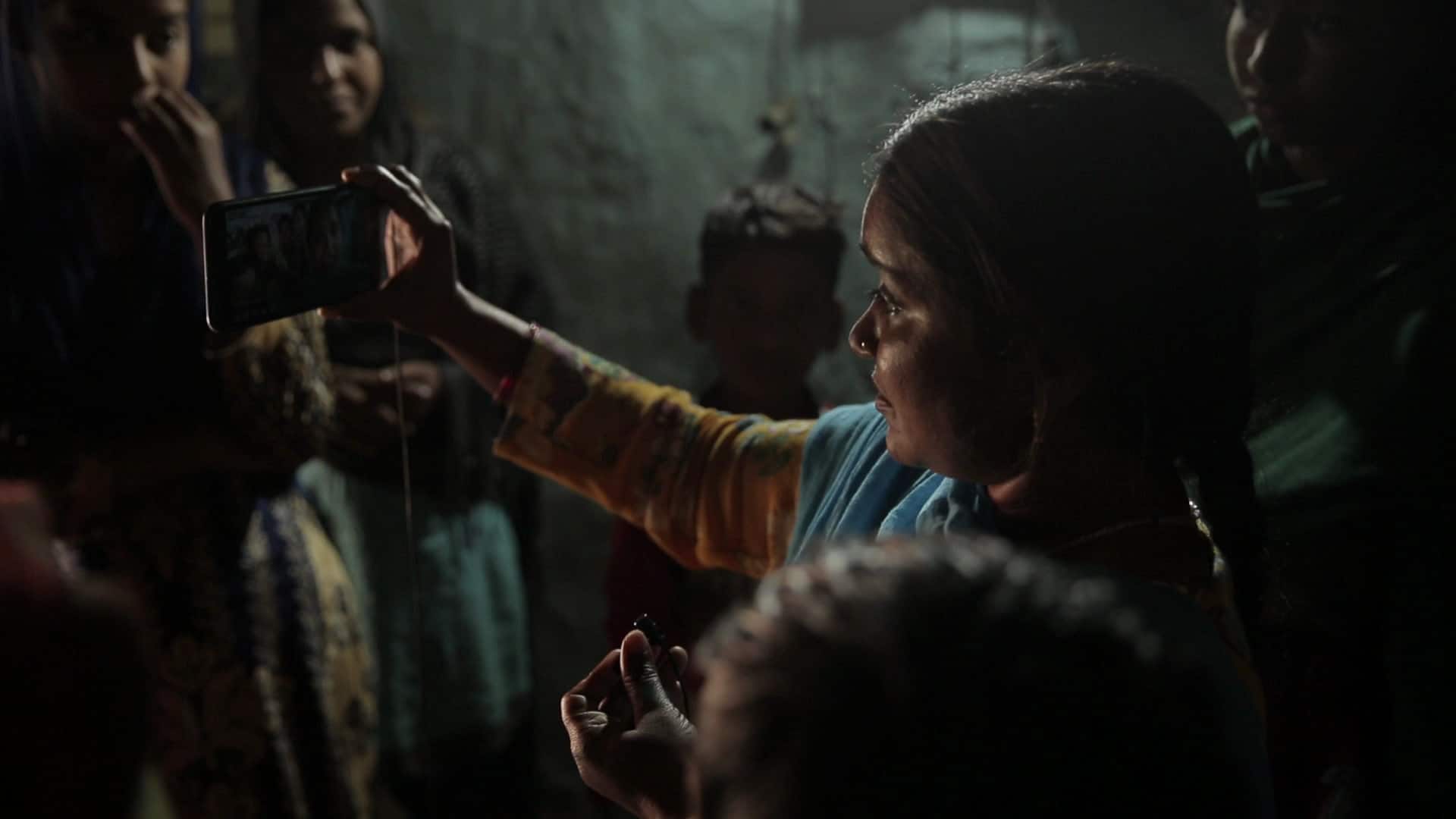
What do you think is the impact of their effort in Indian society?
The very fact that a media institution led by Dalit women not only exists, but is thriving in India, is itself a significant achievement. Our characters are working as journalists in a region where journalism is considered the profession of an ‘upper-caste' man. Dalit women are invisible from the public discourse completely. So when people see Dalit women reporting with a pen, notebook and camera, in their minds the assumption and dismissal is – ‘what will these women report? What are they capable of thinking?' It is the intelligence and consummate professionalism of the women that stumps people in positions of authority. This is the first time they are experiencing the power of a Dalit woman with a camera, questioning them about their accountability. As filmmakers, we found it extremely meaningful to pause and dwell on these moments of shifting power dynamics.
What makes this extraordinary is that these journalists are working in a region known for endemic levels of corruption as well as a culture of violence against women and Dalits. So to have an independent news agency led by Dalit women is nothing short of a revolution. Having filmed closely with the journalists for five years, it's been interesting to see how people have responded and experienced the power of a Dalit woman with a camera.
Why did you decide to focus on Suneeta and Shyamkali, apart from Meera? How would you describe the three as individuals? Do you still follow their lives?
Suneeta and Shyamkali add an additional dimension to the film's storyline – they're both complex characters with their own unique conflicts, which only makes the story richer. We gravitated towards Suneeta because she is a force of nature, someone who wears her passion on her sleeves and a foil character to Meera's calm, almost stoic personality. Shyamkali, on the other hand, was someone who is invested in the idea of change, but equally fearful of technology that she needs to master in order to get things moving. As you see in the film, she's the slowest to warm up to technology, extremely sceptical of the shift to digital but when she does pick up the ropes of digital journalism, she flies.
Having filmed all of them intimately over five years, our friendship was almost a natural by-product of the process. We remain in close touch with them and their families and as storytellers, hope that more people across the world are able to experience their warmth, generosity of spirit and their unfettered power.
While you were shooting them, did you ever feel in danger? In general, how was the experience following them like?
In staying close and following the professional lives of our characters, we were constantly in spaces that were hostile and unwelcoming. Our strategy was to minimise the crew, the equipment and assume the role of shadowing our characters, calling as little attention to us as possible. On any day, things could take a different shape and turn at any moment and what gave us the confidence to continue filming in space that felt dangerous is the confidence of our protagonists. These are seasoned journalists who know the lay of the land intimately, know how power structures work and are experts at turning a potentially threatening conversation into a fascinating interview – all in a day's work. In intertwining our work with theirs, observing them from our viewfinders – it is these negotiations that make the story of “Writing With Fire” so rich.
How much time did you spend shooting and how much time editing? Was it difficult getting the trust of these women, particularly regarding the presentation of their personal life on film?
We filmed “Writing With Fire” over 4 years and spent one year editing the film. In one of our earlier conversations with Khabar Lahariya, they wanted to know why we were interested in making a film on them and what the film was going to be about. We said, what the film would be about we don't know yet but we know what it is definitely not going to be about. We didn't want it to be the story of heroic women who are saving the world. Simply because it's a very reductive way in which communities get portrayed and the image that people have in their minds are always the extremes. Either it is the helpless Dalit woman or the highly empowered Dalit woman who is almost superhuman. What about ordinary women with an extraordinary spirit, refreshing imagination and courage to stand in their own truth? We wanted the film to tell the story of modern Dalit women as colleagues, bosses, leaders and risk-takers. Real characters with their triumphs and flaws – that is the story that excites us. And articulating this vision is what helped the cementing of trust between us and our protagonists. They saw our process and I think intuitively trusted us.
During filming, we also spent a considerable amount of time with their families – just being at their homes, watching cricket together, having conversations over tea. These were moments where our friendships grew slowly, quietly and because the families began trusting us, we were able to film intimately over the years. We feel this precious intimate access is what gives “Writing With Fire” its life-force.
What is your opinion of the Hindi movie industry at the moment? Do you feel there are adequate opportunities for women to make films?
The Hindi film industry has traditionally been dominated by men, both in front of and behind the camera. Women have constantly challenged this status quo and now we have excellent women directors, producers, writers, cinematographers, editors who are telling refreshing stories. To me, it feels like a constant negotiation with power structures within the industry and I do believe that there is excessive pressure on women to succeed in order to justify the opportunity ‘given' to them. We need more women in decision making roles, in positions of power to bring in voices that are underrepresented, unappreciated and completely invisibilized by a system designed by a coterie of privileged men. And we have a completely opposite model in the Malayalam film industry, belonging to the state of Kerala in south of India, where a fertile ground for compelling narratives is being created by both women and men who believe in the power of the filmmaking ecosystem. There is a respect for the artist, with an acknowledgement of the interconnectedness between art and its economics. The result is cinema that is truly collaborative behind the camera and empowering for those who absorb it across the screen.
Are you working on any new projects?
We're currently developing a couple of projects which should hit the floor in 2022. We're also working on a limited non-scripted series that we were due to start filming this year but the pandemic has pushed to the next. This has been a moment of pause and reflection and we've used it to spend time with family, recharge, revive and hopefully, we'll hit the ground running hard next year!


